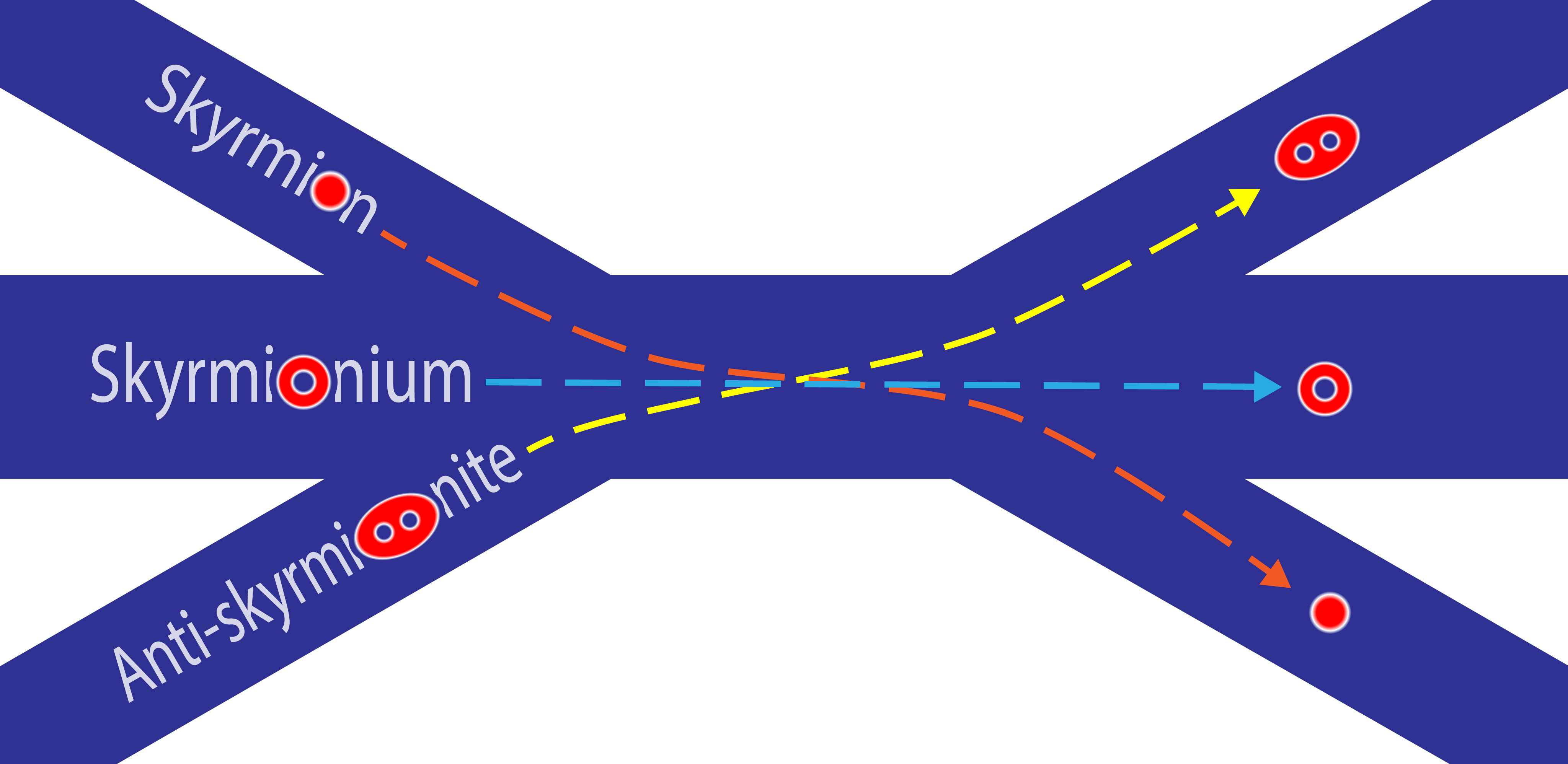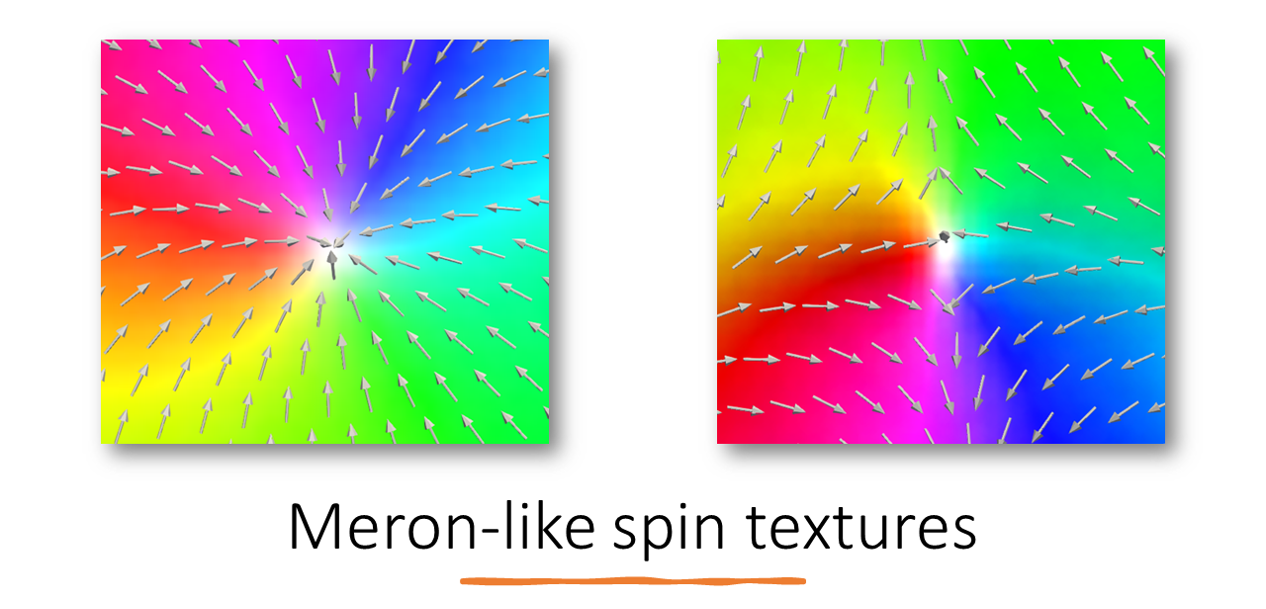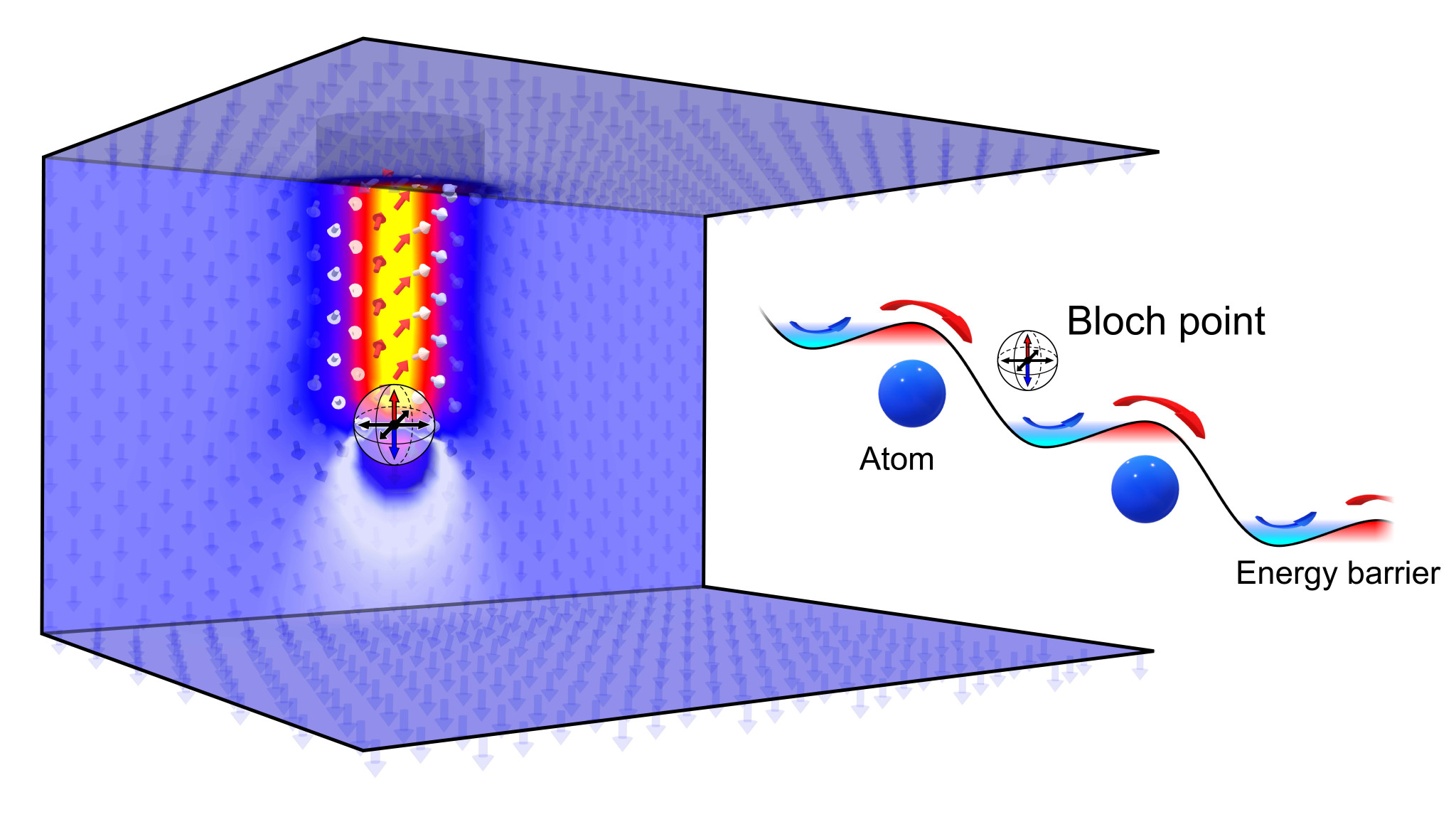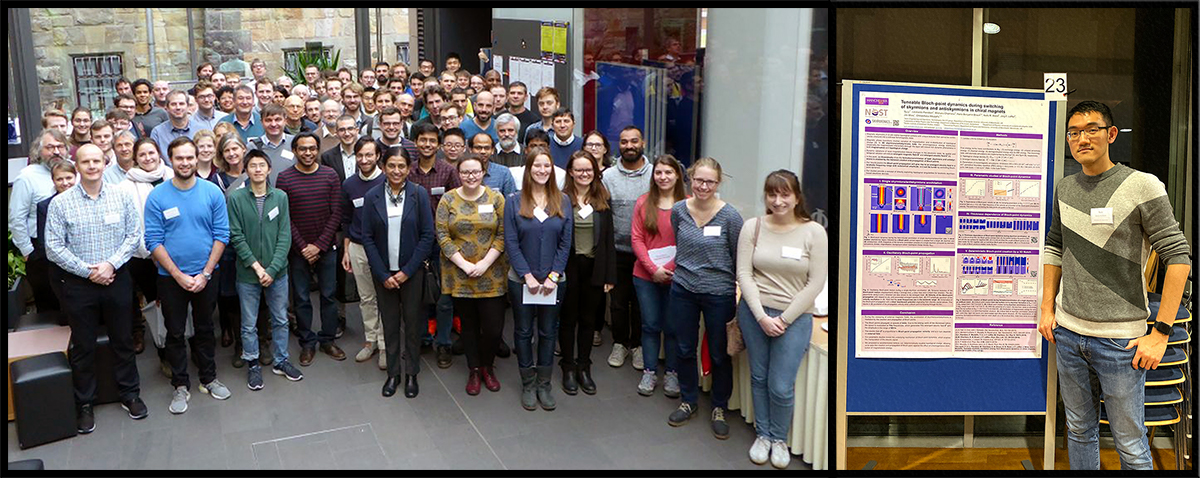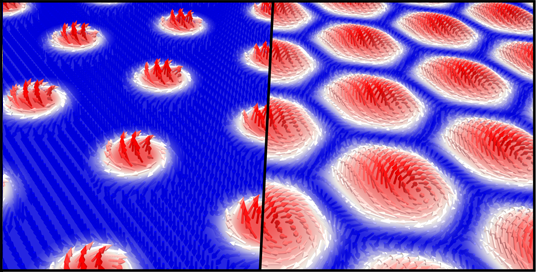Our paper entitled 'Magnetization dynamics in synthetic ferromagnetic thin films' is published!
Synthetic ferromagnets (SFMs) possess the same layer structure found in the widely studied synthetic antiferromagnets. This consists of two ferromagnetic (FM) layers separated by a non-magnetic (NM) spacer forming the structure FM1/NM/FM2, but SFMs describe the case where the interlayer exchange coupling promotes the parallel alignment of the magnetizations of the FM layers. The frequency and phase of the dynamic response of these structures depends sensitively on the interlayer exchange coupling as well as on the individual layer magnetizations. Through experiments and numerical simulations, we show that the dynamic response of the two ferromagnetic layers has an orthogonal dependence on the difference in layer magnetization and interlayer coupling allowing both parameters to be determined accurately …
